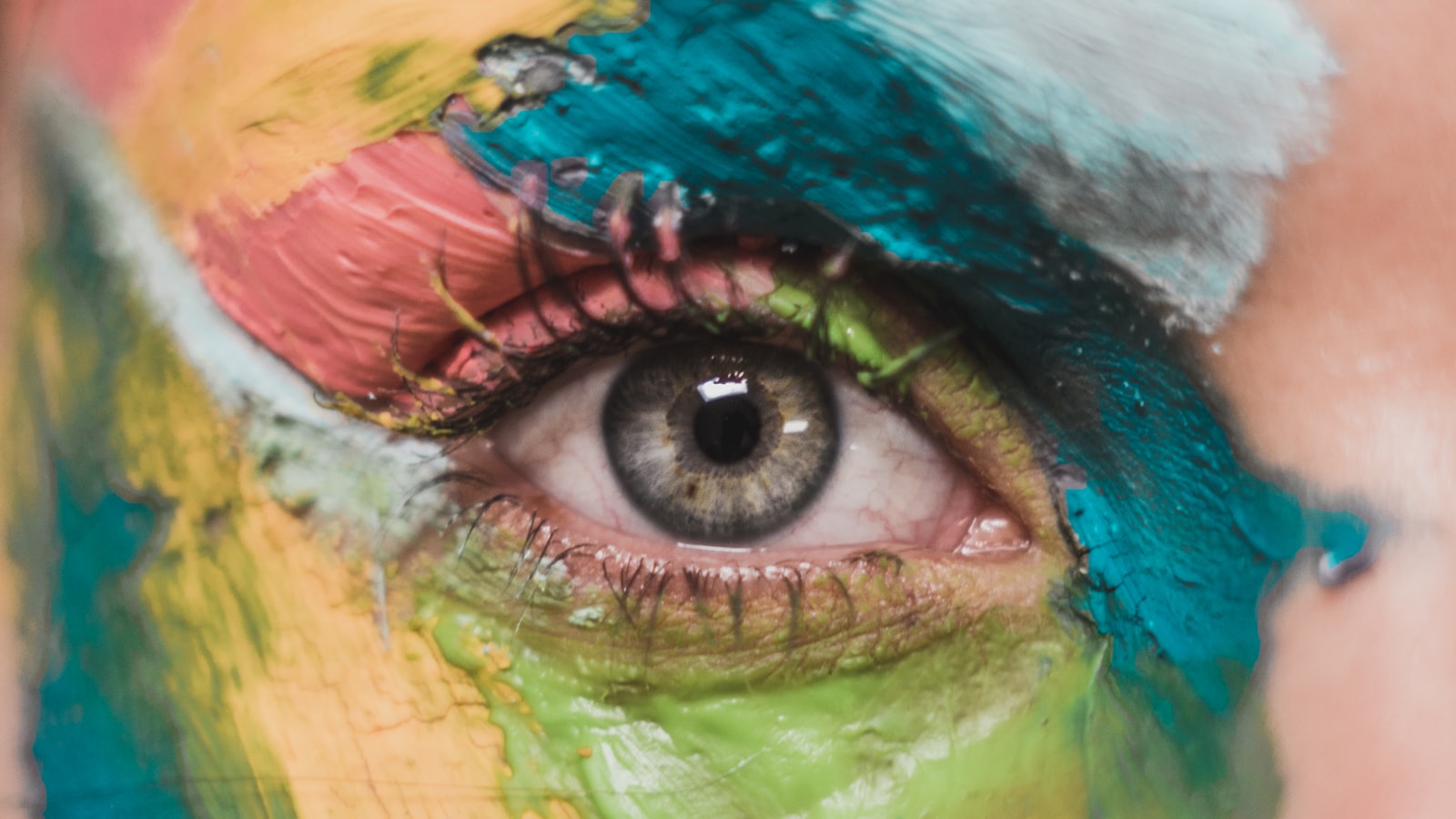When watching a drama or a movie, you may have seen a scene where the doctor checks the protagonist’s eyes by shining a light into them. It seems like they are checking for consciousness, but do you know why they check through the eyes?

Understanding Pupillary Light Reflex
Pupillary light reflex can be divided into two types: reflex due to light and accommodative reflex according to near and distant objects. Reflex due to light occurs when light enters the eye, stimulating the retina, causing the pupil to constrict reflexively when exposed to light, or dilate when there is no light. This reflex is called the pupillary light reflex. It operates on a principle similar to that of a camera aperture closing in bright light and opening in the absence of light. Accommodative reflex refers to the constriction of the pupil when the eye focuses on nearby objects and dilation when the adjustment is weak.

Purpose of Flashing Light into the Patient’s Eyes
The reason for flashing a light into a patient’s eyes is to check for pupillary light reflex. This reflex is connected to the brain’s nerves. Therefore, when a person is conscious, the brain’s nerves respond to the light shone into the eyes, causing the pupils to constrict reflexively. However, if the person is unconscious or in a state of death, the brain’s nerves do not respond to the flash, resulting in no change in pupil size. While there are various reasons for this examination, the primary purpose is for the doctor to determine if there is any damage to the patient’s brain.